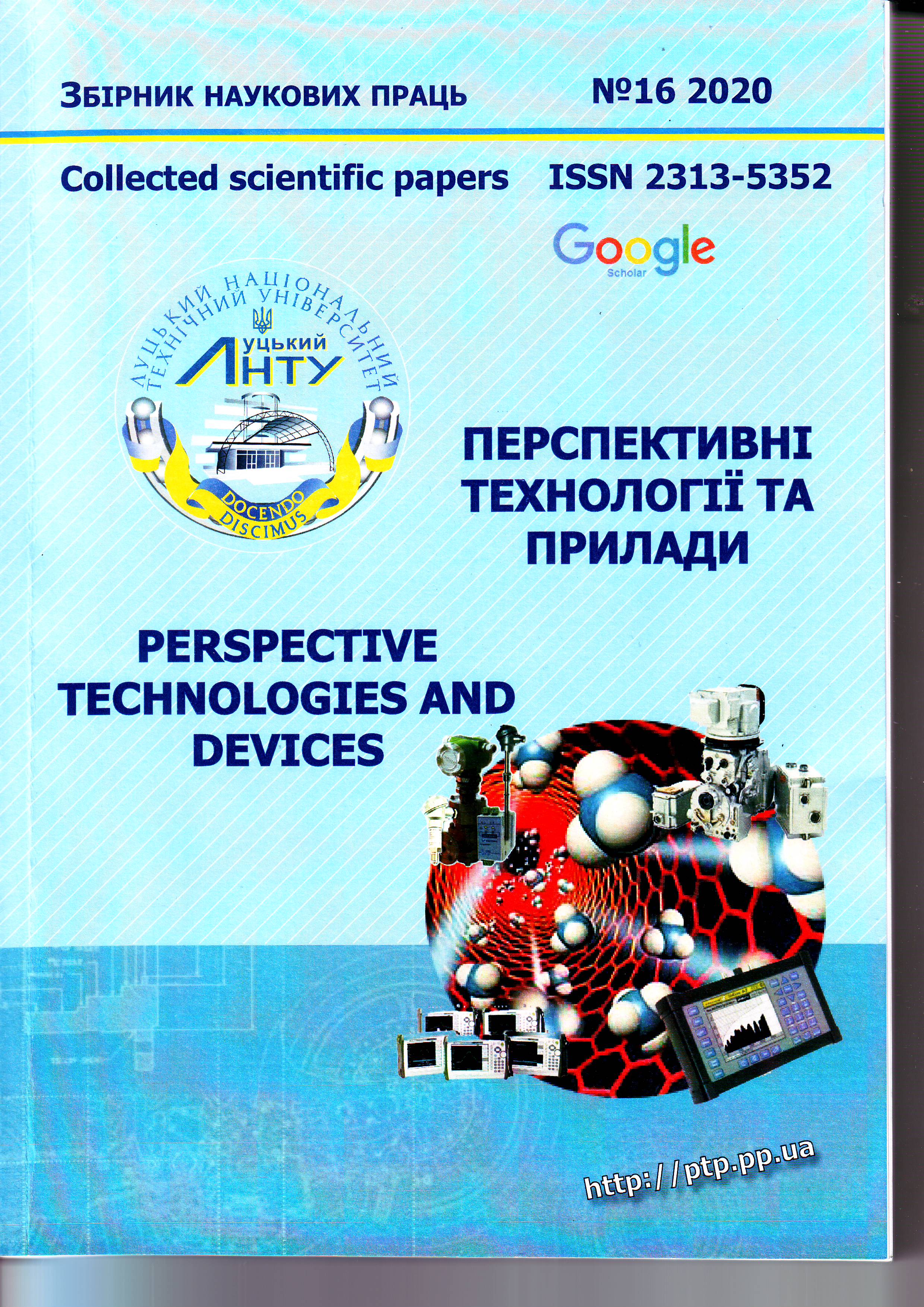PHYSICAL PRINCIPLS AND METHODS OF MEASURING THE POISSON'S RATIO VISCOELASTIC POLYMERIC MATERIALS
Abstract
The article reviews the main methods (direct and indirect methods, finite element method, ultrasonic immersion method) of measuring the complex Poisson's ratio of viscoelastic polymeric materials. Particular attention is paid to the physical principles of behavior of the object and the system of measurements, the implementation of the measurement process for each method, analyzed the level of its applicability and informativeness. The considered methods use different approaches to the measurement of primary parameters, which makes it possible to conduct a comparative analysis of the obtained values of the real and imaginary parts of the Poisson's ratio and determine their reliability. The sources of errors in measurements by each of the methods are analyzed, the ratios for estimation errors, the minimum and maximum relative errors of determining the real and imaginary parts of the complex Poisson's ratio are calculated and their comparative analysis is made. The choice of measurement method largely depends on the frequency range of excitation of the deformations, the type of deformations in the sample of the polymeric viscoelastic material and the approximate value of the Poisson's ratio of the material for which the measurements are performed.


 https://scholar.google.com.ua/citations?
https://scholar.google.com.ua/citations?

